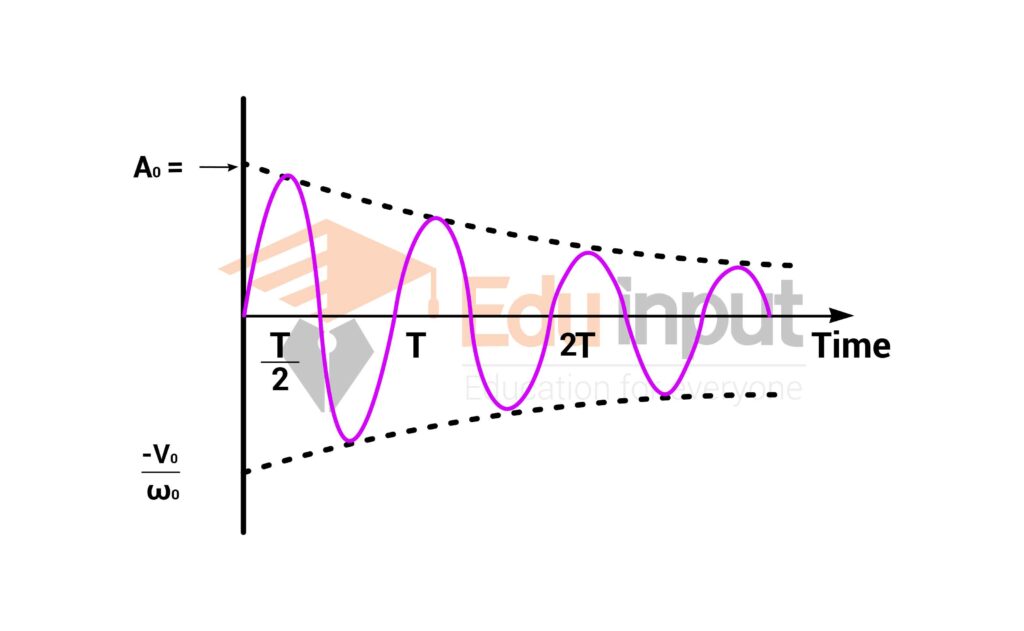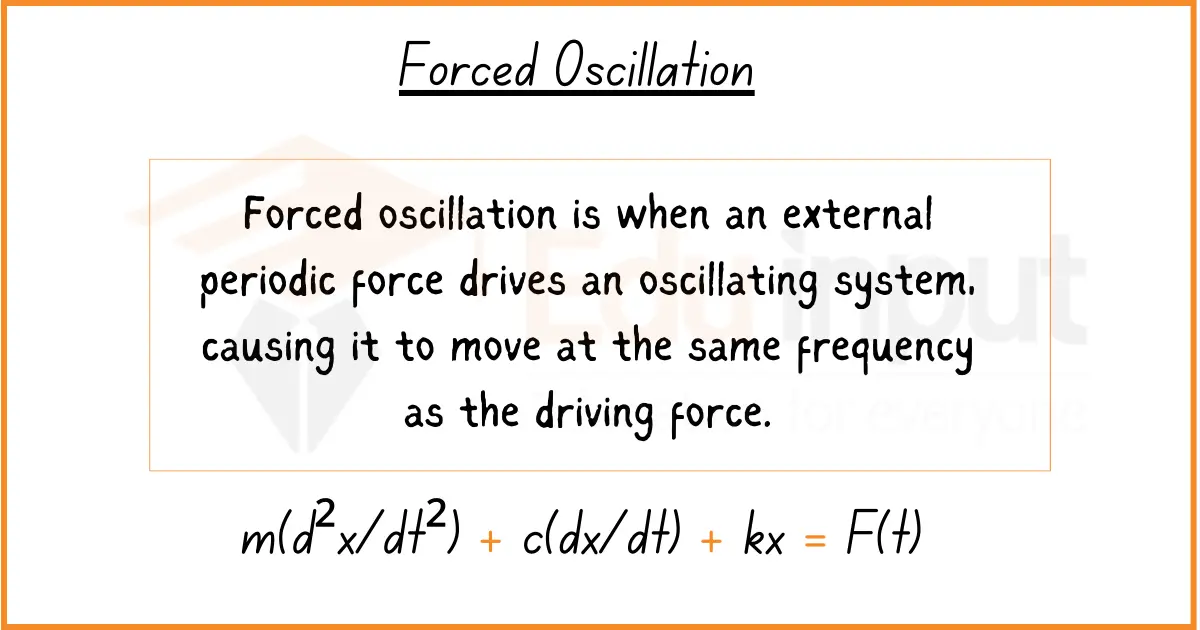Damped Oscillation-Definition And Types
Such oscillations in which the Amplitude decreases steadily with time are called damped oscillations. It is a common observation that the amplitude of an oscillating simple pendulum decreases gradually with time till it becomes zero.
What is Damped Oscillation?
The term Damped oscillation means that the amplitude of oscillations is reduced gradually as time passes. There is a continuous movement of particles from one state to another. This kind of movement is used for the purpose of heating up a body.

Damping is a type of force, which opposes the vibrations of an object. If we apply a damping force, the movement of particles will be reduced.
Types of Damped Oscillations
There are many types of Damped Oscillations
Stiffness
If the particles are very stiff and there is no resistance, then the amplitude will be maintained for a long period of time.
Bulk Resistance
If the particles are very large and there is friction between particles then the particles will not be able to vibrate freely.
Mass Damping
This is the most common type of damping. In this case, particles are smaller and have mass.
Undamped Oscillation
Such oscillations, in which the Amplitude remains the same with time, are called undamped oscillations.
If we can compensate for the losses that occur in the electrical system, the amplitude of the oscillation remains constant, so it continues indefinitely for both disturbances and changes in initial conditions. This type of vibration is called undamped vibration. Simply put, oscillations whose amplitude remains constant over time are called undamped oscillations.
Systems that can generate such oscillations are called self-oscillating systems and are held in a nonlinear dissipative system by an external energy source. If the oscillator produces undampened oscillations, there is no power loss or provision to compensate for the power loss
Frictional effects on Damped oscillation
The motion of any large system is accompanied by frictional effects. While describing the motion of a simple pendulum, this effect was completely ignored.
As the bob of the pendulum moves to and fro, then in addition to the weight of the bob and the tension in the string, Bob experiences viscous drag due to its motion through the air.
In practice, the amplitude of this motion gradually becomes smaller and smaller because of friction and air resistance. Damping is a process whereby energy is dissipated from the oscillating system.
Application of damped oscillations
An application of damped oscillations is the shock absorber of a car which provides a damping force to prevent excessive oscillations. Another example of damped oscillations is Oscillations of the bob of a simple pendulum in the laboratory.







Leave a Reply